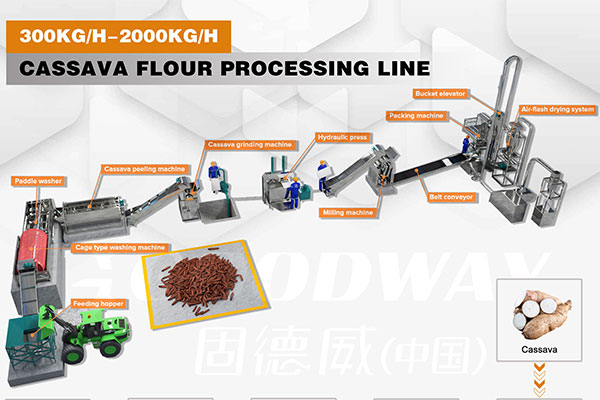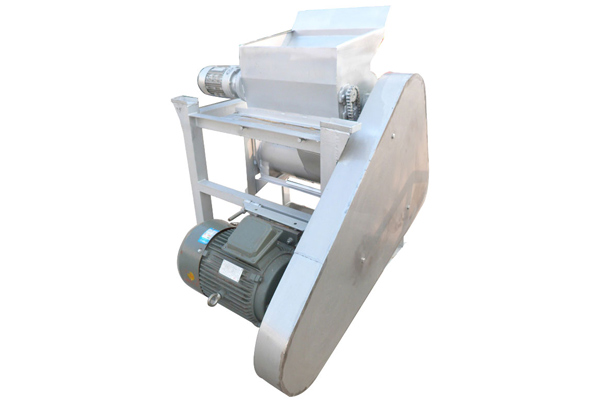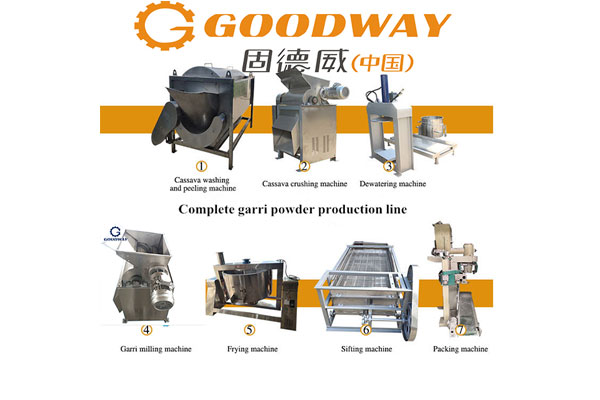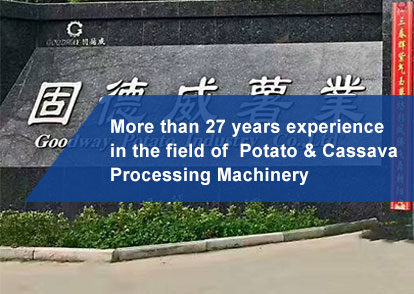In 2025, the rural revitalization strategy continues to deepen, and sweet potato starch processing has become a popular track in the agricultural field. However, before investing in building a factory, it is necessary to clarify the "money scenario" and risks of this business!
Advantage 1: Policy dividends + rigid market demand, dual driving forces
The country's support for the deep processing of agricultural products is unprecedented, with frequent policies such as tax incentives, special subsidies, and low-interest loans (for example, a certain village received government-provided factories and environmental protection equipment).
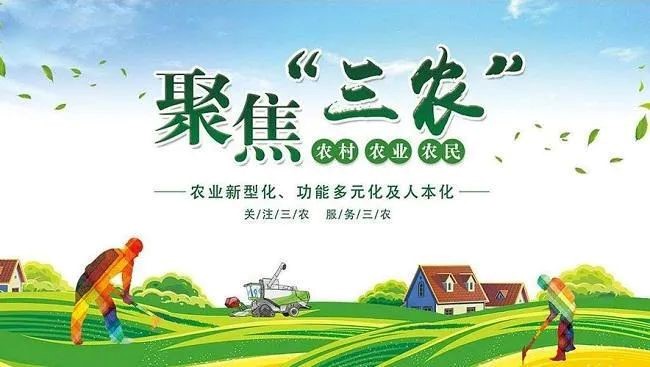
At the same time, sweet potato starch is widely used in food, medicine, chemical, and other fields, with global market demand growing at over 6% annually. The explosion of the domestic prefabricated food and health food industries has further driven the surge in demand for high-end starch.
Advantage 2: Sufficient raw materials + technological upgrades, controllable costs
China's annual sweet potato production is nearly 50 million tons, concentrated in places like Shaanxi and Guizhou. Enterprises can sign guaranteed purchase agreements with farmers through the "company + base + farmer" model (for example, Anfu Village drives a 2,000-acre base) to ensure a stable supply of raw materials. Automated production lines (with an hourly output of 5 tons) significantly improve extraction rates, and potato residue can be processed into feed or organic fertilizer, with a comprehensive utilization rate of over 95%.

Advantage 3: Attractive profit margins and flexible model
Taking the processing of 5 tons of sweet potatoes per hour as an example, the data is for reference only:
Drawback 1: High initial investment, long payback period
Based on automated equipment, building a factory requires equipment (1 million+), factory buildings (500,000+), environmental protection facilities (300,000+), with a total investment of over 2 million. Collaborating with the government can reduce costs, but small and medium investors need to carefully evaluate cash flow.
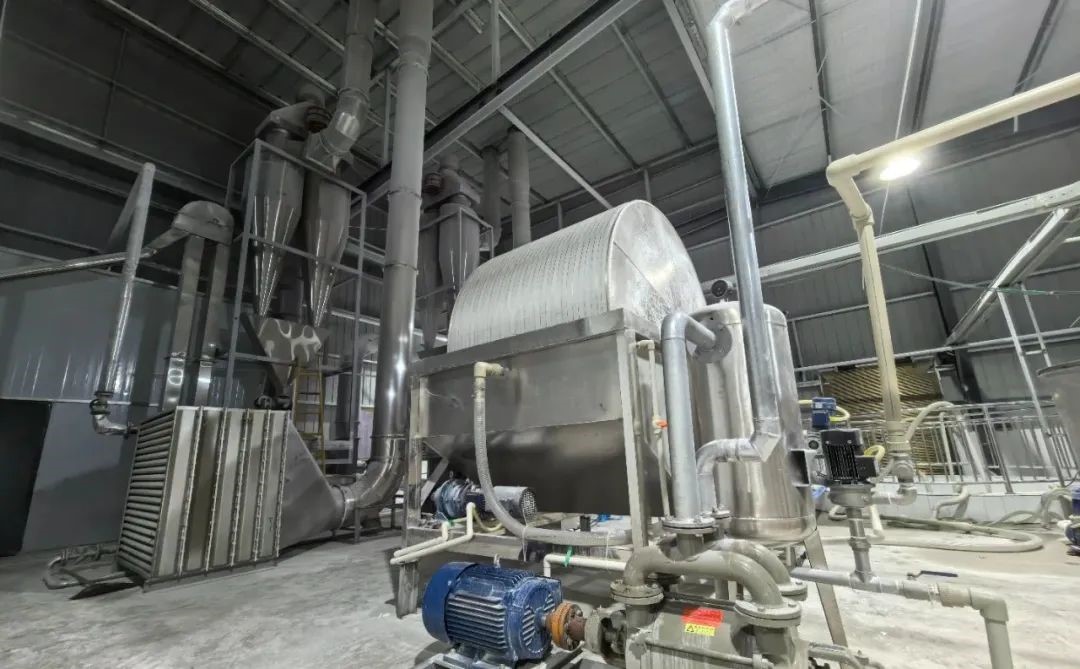
Drawback 2: Market volatility and environmental pressure
Starch prices are greatly affected by raw material costs and supply-demand relationships (for example, 8,000 yuan/ton in 2022 vs. 11,000 yuan/ton in 2023). At the same time, with stricter environmental policies, non-compliant wastewater treatment can easily lead to production stoppages, requiring matching professional equipment.
Drawback 3: Seasonal production + intensified competition
Sweet potatoes are concentratedly harvested in autumn and winter, with a processing period of only 2-3 months, leading to high equipment idle rates. Some regions follow the trend blindly in building factories, leading to homogenized competition. It is necessary to plan brand and channel layout in advance.
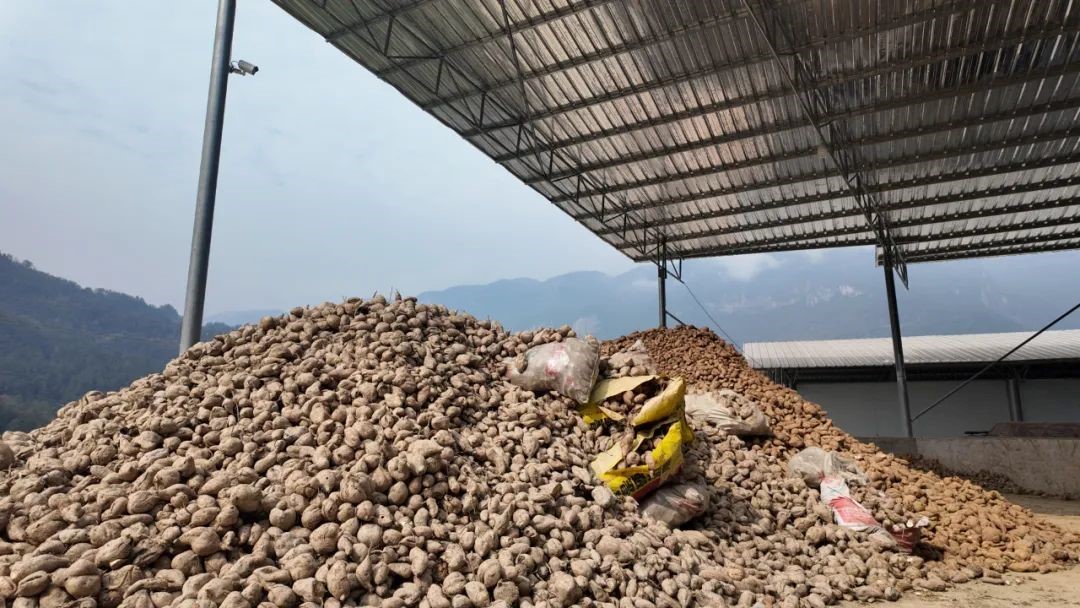
Investment advice
This is suitable for entrepreneurs with resources (land/policy) and operational understanding. Prioritize choosing raw material producing areas, binding enterprise orders (like prefabricated food brands), and developing high-value-added products (such as selenium-enriched starch). Initially, you can try contract manufacturing to reduce risk.
Conclusion: It can make money, but not "lying down" easy!
Sweet potato starch factories are potential stocks for rural revitalization, but it is necessary to avoid blind expansion and focus on technological innovation and refined management. Are you ready to join in 2025?

 EN
EN
 fr
fr  es
es  it
it  pt
pt 